Deep Watering vs. Surface Watering: Finding the Right Balance for Your GardenUpdated 5 days ago
Watering is one of the most crucial parts of gardening, and it directly impacts the health and growth of your plants. Two standard methods to water a plant are deep watering and surface watering, each with benefits and drawbacks. In this article, we will explore these methods to discover the right balance in the garden.
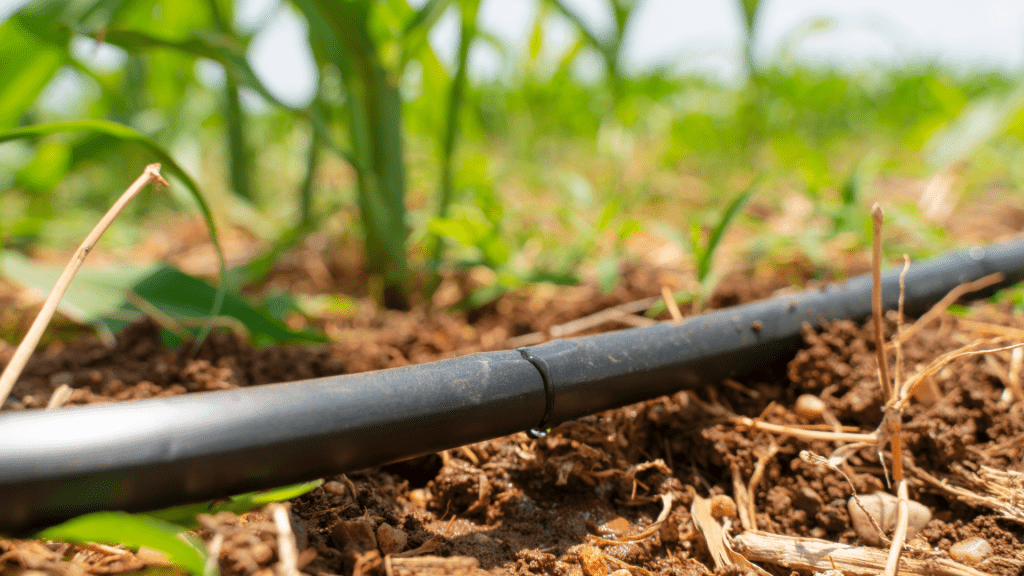
Understanding Deep Watering
What Does Deep Watering Mean?
Let’s start by exploring deep watering. Deep watering involves soaking the soil several inches to ensure water reaches the plants’ root zones. This method focuses on delivering water deeper into the soil, encouraging roots to grow further down rather than staying near the surface.
Recommended Deep Watering Techniques
There are four main techniques of deep watering: soaker hoses, drip irrigation, manual deep watering, and watering stakes/spikes.
The soaker hose technique involves laying a type of hosepipe along the base of plants. The hose slowly releases water, allowing it to seep deep into the soil without runoff. It’s particularly effective for gardens and landscape plants, providing consistent moisture without wetting the foliage, which helps prevent diseases. Soaker hoses also help conserve water and reduce watering frequency by delivering water precisely where needed.
Drip irrigation involves a network of tubes and emitters that dispense water slowly, allowing it to soak deep into the soil. By targeting the root area, drip irrigation ensures that plants receive optimal moisture. This method conserves water, reduces weed growth, and prevents soil erosion.
Manually deep water plants by watering the soil slowly and deeply, ensuring moisture penetrates several inches below the surface. This can be done using a garden hose, soaker hose, or watering can and should be done infrequently but with a significant amount of water, as opposed to shallow, frequent watering.
Watering stakes and spikes are tools designed to facilitate this type of watering plants, by delivering water directly to the root zone. They are typically inserted into the soil near the plant’s base, allowing water to seep slowly and deeply into the ground.
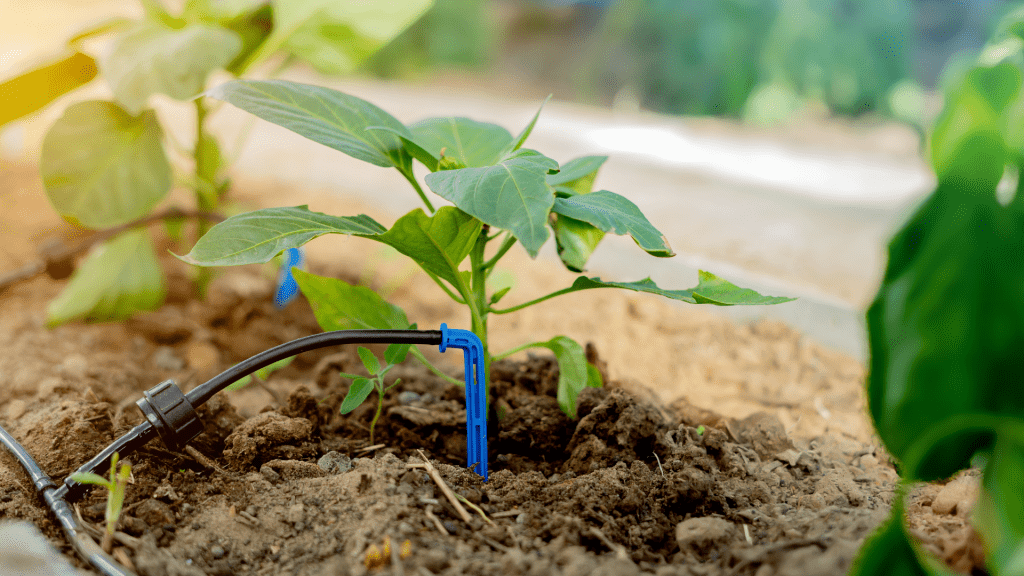
Understanding Surface Watering
Definition and Technique
Next up is surface watering, which involves applying water directly to the soil surface, typically by using a garden hose or watering can. This is the most common technique gardeners use as it is quick and easy.
Benefits & Drawbacks of Surface Watering
There are three main benefits to surface watering. The first is that it is quick and easy to apply, ideal for a quick hydration fix, especially in small gardens. The second is that it is suitable for seedlings and shallow-rooted plants; delicate plants have yet to develop deep root systems. The third is useful in container garden spaces, as it helps manage water for potted plants.
However, there are three main drawbacks to surface watering. First, it encourages shallow root growth as roots develop and stay closer to the surface, making them less stable and more dependent on frequent watering. The second problem with surface watering is that you must water more regularly as surface water evaporates quickly. Finally, the third problem with surface watering is that water can be lost to runoff, meaning the plant doesn’t get as much water as you think.
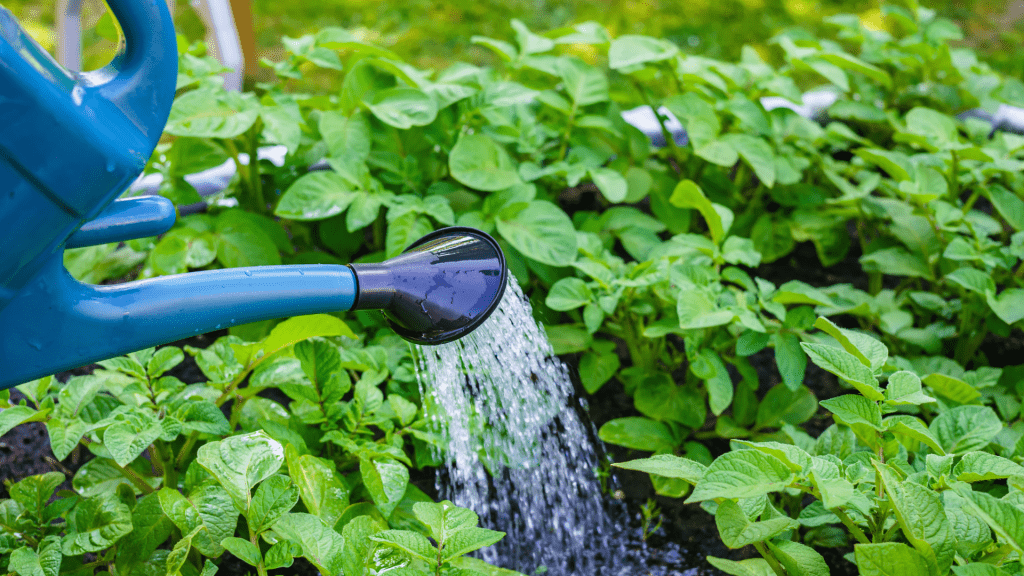
Deep Watering vs. Surface Watering
Now that we know the difference between the two types of watering let’s examine which method is best for various circumstances.
Deep Watering is ideal for:
- Established plants with extensive root systems, such as trees, shrubs, and perennials, benefit from deep watering, which promotes robust root growth and makes them more drought-resistant and stable.
- Clay soils retain water well, so deep watering ensures moisture reaches the roots without waterlogging the surface.
- Gardens in dry climates need deep watering, which reduces the need for frequent watering, conserving water and ensuring that plants have a consistent moisture supply.
- It can also reduce weed growth by delivering water directly to the roots; deep watering minimises surface moisture that weeds need to germinate.
Surface Watering is ideal for:
- Seedlings and young plants with shallow root systems require regular, light watering until they establish deeper roots.
- Sandy soils drain quickly, so frequent surface watering ensures that plants receive enough moisture.
- Surface watering is practical for potted plants, allowing precise control over the water each container receives.
- Surface watering is convenient for giving plants a quick drink, especially during hot weather or dry spells.
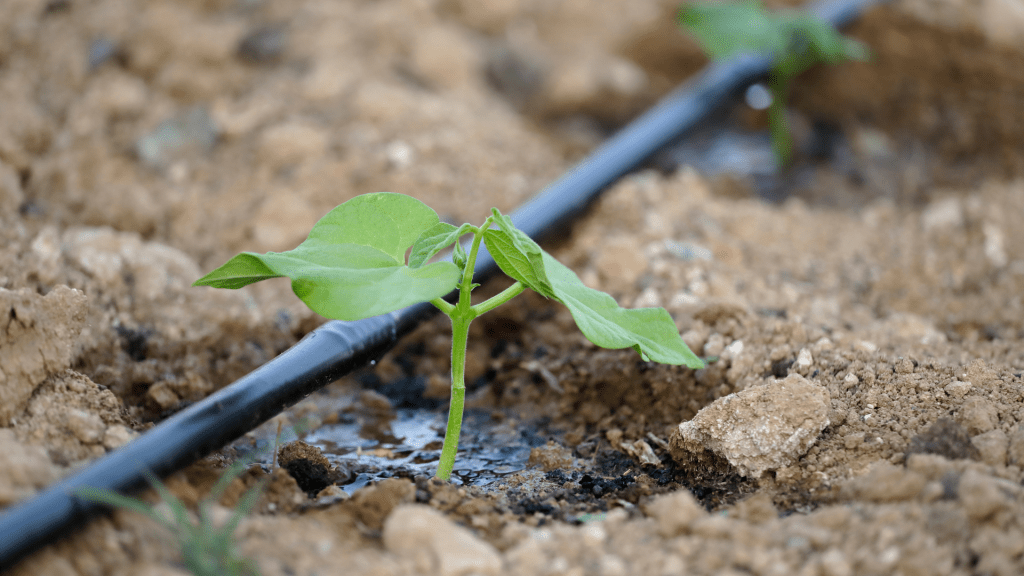
Factors Influencing the Choice Between Deep and Surface Watering
Plant Type and Root Depth
Plants with shallow roots, such as lettuce and annual flowers, will benefit from surface watering, while deep-rooted plants like tomatoes and shrubs thrive with deep watering.
Soil Type and Condition
Sandy soils drain quickly and may require more frequent watering. Clay soils retain water longer, making deep watering more effective. Loamy soils are balanced and can work well with both methods. Compacted soil may hinder water penetration, necessitating aeration for adequate deep watering.
Climate and Weather Conditions
Hot, dry climates may benefit more from deep watering, while humid areas might require careful surface watering to prevent fungal growth. Adjust techniques based on seasonal changes and natural rainfall.
Garden Layout and Size
Large gardens might require efficient watering systems like drip irrigation, while small gardens can be managed with surface watering. Different setups may benefit from tailored watering approaches to ensure even moisture distribution.
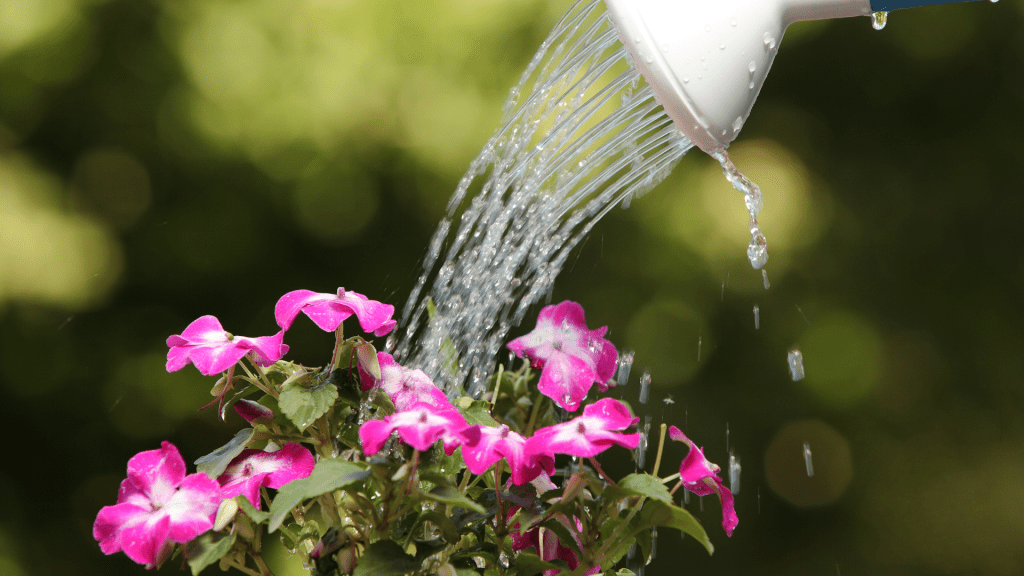
Finding the Right Balance
Combining Both Methods
Deep watering is used for established plants like trees and shrubs, and surface watering is used for seedlings or quick hydration needs like young plants and potted flowers.
Monitoring Plant Health
Look for yellowing leaves, wilting, or stunted growth to adjust your watering practices. Modify your watering schedule and method based on how plants react over time.
Watering Schedule and Frequency
Create a schedule considering your garden’s needs, soil type, and climate. Watering aids like timers and moisture sensors can help maintain consistent moisture levels and prevent over- or under-watering.
Conclusion
Finding the right balance between deep and surface watering is essential for maintaining a healthy garden. By understanding the benefits and drawbacks of each method and considering factors like plant type, soil, climate, and garden layout, you can develop a watering plan that meets your plants’ needs. Experiment with both methods, monitor your garden’s response and adjust as necessary to ensure your garden thrives.
Make sure to read other articles, Garden Hose Flow Rates & Nozzles Explained and Watering Basics: Essential Techniques and FAQs, for more information.